Aspects of digital printmaking have been part of my practice since my Master’s degree at Camberwell College of Arts in London in 1995. At that time it took the form of photocopied elements, often handwriting of poets, writers and philosophers that were collaged using chine-colle into etchings as a form of abstract portrait. It was important for these works that the written element was in the actual hand of the subject.
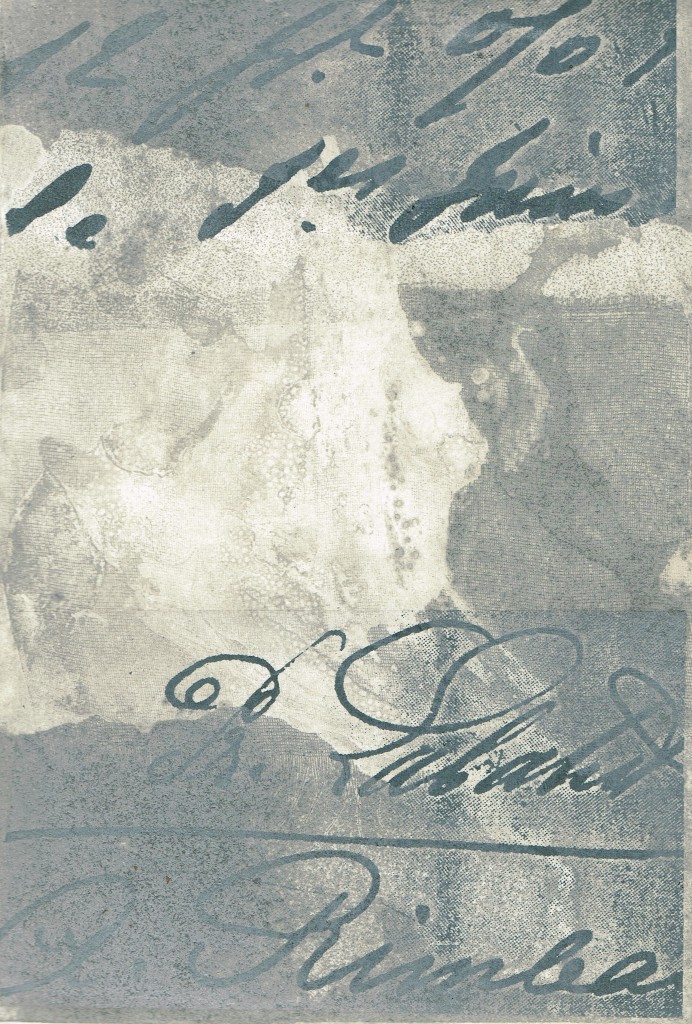
This idea was re-visited in later works such as Petition 2010 which used facsimile signatures of 17th, 18th and 19th century English and British radicals such as the Levellers, Diggers, Chartists and workers’ rights advocates.
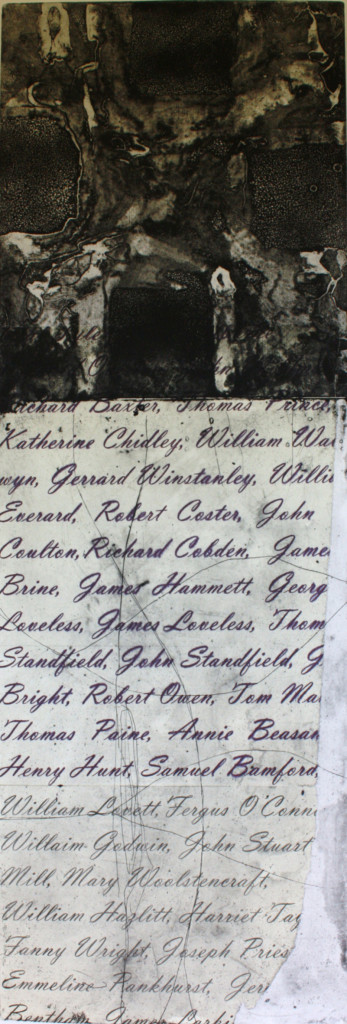
More recently digital processes have been used to make photopolymer etchings. A UV sensitive film is laminated to a metal plate and an acetate is then placed over the plate and exposed under a UV light. After washing out the protected areas the plate is etched and printed, sometimes combined with a hand drawn second plate.
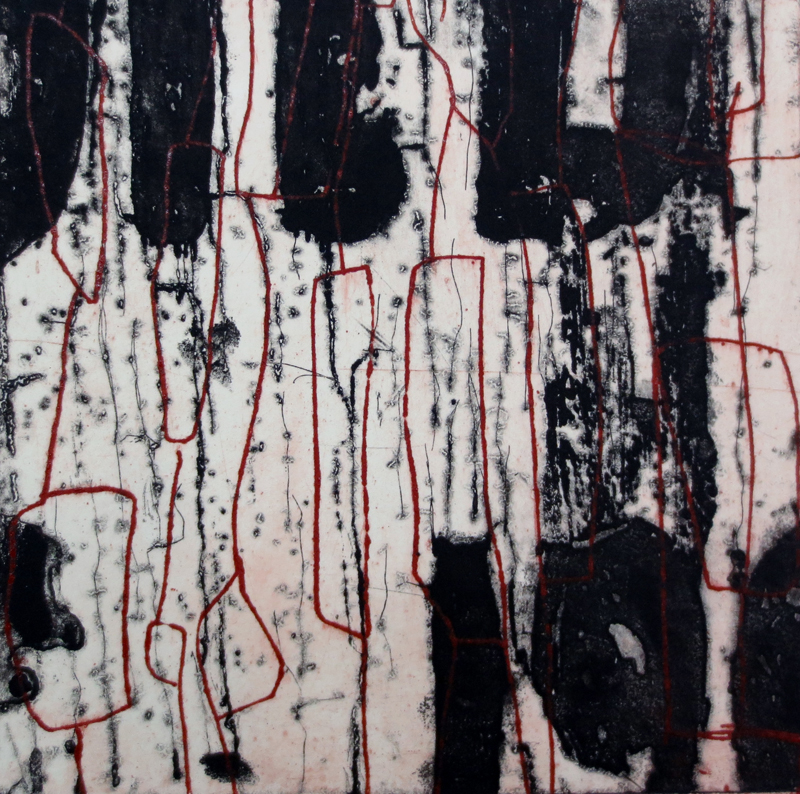
The Umbra Sumus series uses these techniques with most of the images starting out as photographs that are manipulated and printed onto acetates for exposure.
The acetates themselves sometimes become the works as in Abbey Parish Memorials and Time Slides.
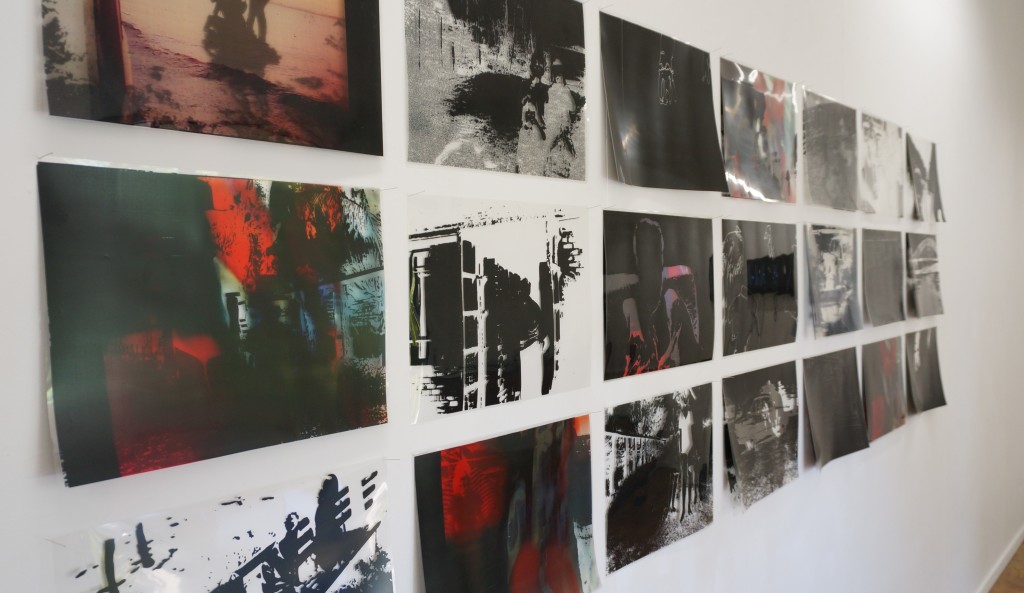
With the purchase of a professional archival inkjet printer in 2015 I was able to make purely digital works such as the series The Last of What Has Passed, the First of That Which Comes
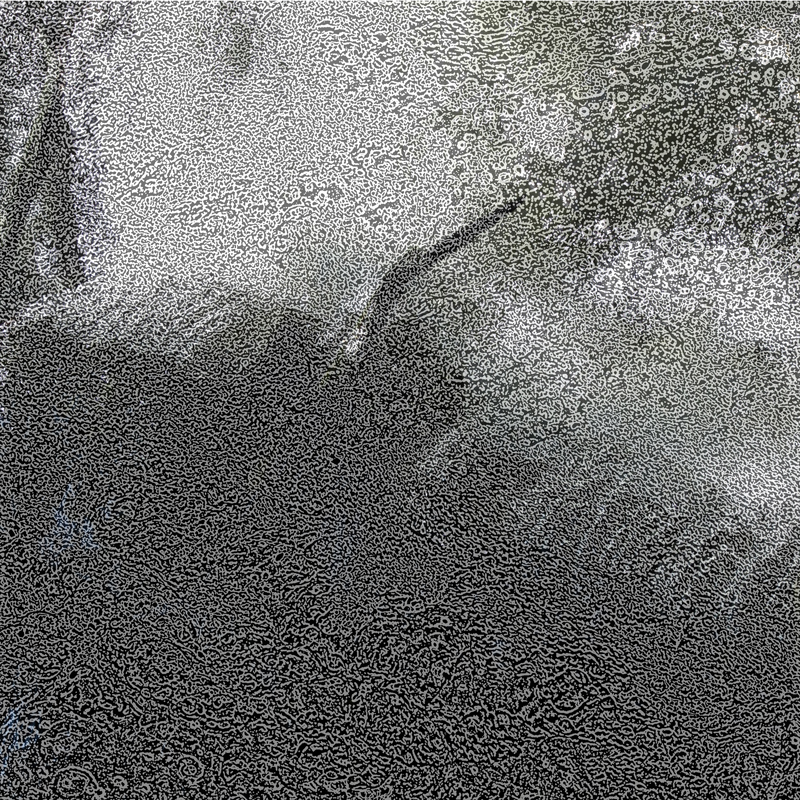
Digital Printmaking vs Traditional Techniques
There is still some argument among printmakers as to whether digital printmaking should be considered in the same way as more traditional techniques or indeed as original printmaking at all.
There are two points to consider here. The first is one of intent, the second is the difference between original prints and reproductions.
If the work is conceived to be digital, i.e made on a computer or other digital device, and printed as a digital work then to me it is the same as using an etching plate or woodblock. The computer becomes the matrix from which the prints are taken and the works are as ‘original’ as any other printmaking process.
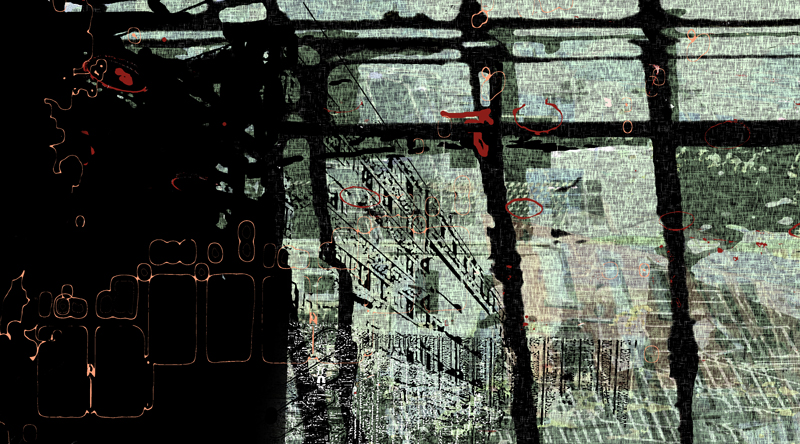
However, it is important that the digital work exists only as the intended print. Confusion arises when artists and dealers sell photographic reproductions of already existing works (usually paintings or drawings) and pass them off as original prints. Yes they are printed but no they are not original prints. They are the same as postcards or posters, a reproduction of an existing work regardless of how ‘nice’ the paper is!
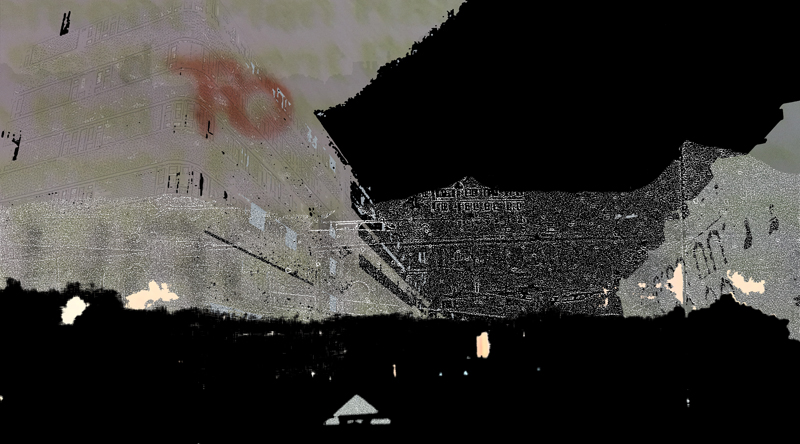
Printmaking has always been at the forefront of new technologies and print artists have embraced the new methods and tools as they evolved often utilising techniques and materials originally developed for other processes. Digital technology is simply another tool in the artists studio but the most important thing to keep in mind is the quality of the images not the techniques used to make them.
